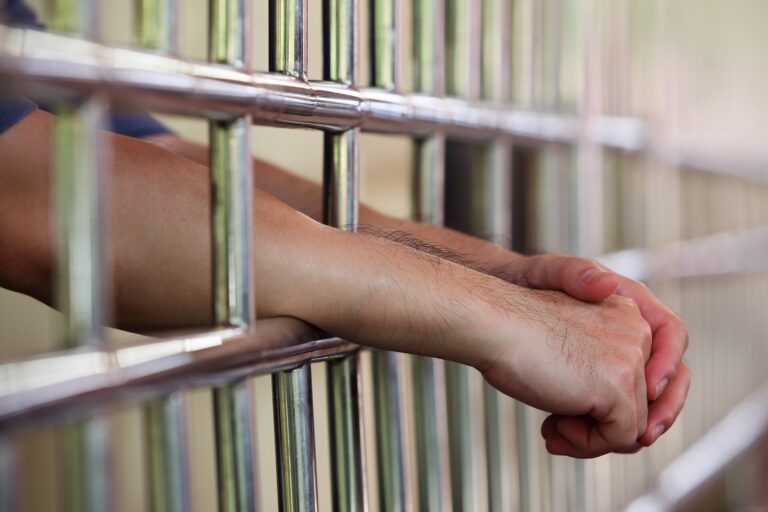Some 8,907,000 residents live in Israel,162,000 more than a year ago, according to data from the Central Bureau of Statistics (CBS) published on Tuesday, 24 Elul, ahead of for Rosh Hashanah 5779.
74.4% of Israel’s population are Jews – or 6.625 million people, 1.864 million or 20.9% are Arab, and the remaining remaining 418,000 or 4.9% are other minorities.
The data also indicate that in the past year, 183,648 infants were born with a fertility rate of 3.11 – the highest in the OECD countries. In addition, 26,000 immigrants settled in Israel – 62% from former Soviet Union countries (mainly Russia and Ukraine), 12% from France and 10% from the United States.
The average life expectancy in Israel continues to rise: the average for men is 80.7 and remains the same as last year, but the average age of women has risen to 84.6 compared with 84.2 last year. For comparison, in 1995 the life expectancy stood at 75.5 for men and 79.5 for women, whereas in 1975 the life expectancy was 70.3 versus 73.9, respectively.
According to the CBS data, 89% of Israelis are satisfied or very satisfied with their lives in Israel, while 6% – about 340,000 people – often feel lonely. 37% of the Israelis, who constitute 2 million people, are not satisfied with their financial situation and 31% have difficulty covering their monthly expenses.
In the past year, 52,809 couples married and established a home in Israel with 14,819 people were divorced via the Chief Rabbinate. The average number of persons in the Israeli household as of the past year is 3.32, while Israel has about 2,057,000 families.
Regarding the level of religiosity, 44.3% define themselves as not religious or secular, 21.4% define themselves as traditional, not so religious, 12.3% define themselves as traditional-religious, 11.5% define themselves as religious, and 10.2% identify as chareidi.
National expenditure on health in the past year stands at NIS 95.3 billion, 7.5% of Israel’s gross national product, and 25.2% of the causes of death are from malignant diseases such as cancer.
22% of those aged 21 and over smoked at least one cigarette per day and 16% were obese. Israel has 1.8 hospital beds, 3.1 physicians and 4.9 nurses per 1,000 patients. 84% of those aged 20 and over reported that their health status was “very good” or good.
The average financial income per household per month is NIS 19,118 gross and NIS 15,571 per net. The average monthly monetary expenditure is NIS 12,792 per month and 15,805 including housing expenses. 24.3% of the expenditure is on housing, 20.3% on transport and communications, and 16.7% on food. 97.1% of households in Israel have mobile phones, and 78.1% of them have a home computer.
In the Israeli education system there are 2.6 million children, of whom 1.7 million are in school, 830,000 in pre-elementary, about 1 million in elementary, and 717,000 in post-primary education. 75.6% of matriculation examinees were entitled to a matriculation certificate. According to forecasts, in 2023 the number of students in the education system will reach 1.94 million – an addition of 180 thousand students compared to 2018, which constitutes an increase of 10%.
Regarding higher education, 266,900 students study in universities, academic colleges and colleges, of which 47,700 are students at the Open University. In the year 2015-2016, 77.1 thousand received degrees – five times as compared with 1990.
National expenditure on education in the past year was NIS 102.8 billion, which constitutes 8.1% of the GNP, and the average monthly salary of teaching staff in 2016 was NIS 11,187, an increase of 63% compared to 2005, when the monthly salary of teachers was 6,859.
As of 2017, 175,000 teaching staff are employed in the education system, compared with 170,000 in 2016. The rate of recruitment of new teaching staff is on the rise: from an average of 7,500 between 2008-2010 and 11,700 on average in 2017-2018. In 2015, 6,471 teaching staff left the education system, compared to 5,059 in 2008.
The labor market includes 3,993 million people aged 15 and over. Of all employed persons – 2,019,000 men and 1,806,000 women. 99,000 of them are single mothers. The employment rate in the past year stood at 61.3% and in the gender division of 66.1% men compared with 56.7% women. Among Arab citizens, the employment rate stands at 43.4%.
The average gross monthly wage is NIS 10,109 for Israeli workers and 5,928 for foreign workers, and the average weekly hours are 36.2 hours, with the largest number of employed persons in the education system, with 471,000 workers, followed by 431,000 workers in wholesale and retail trade and in vehicle repairs and 690,000 in sales and service workers.
During the tenure of the 20th Knesset, 484 new laws were passed, in addition to 4,901 proposals for the agenda discussed in the plenum and proposals submitted to the conference, and 4,151 were answered by the Knesset.
(YWN Israel Desk – Jerusalem)











